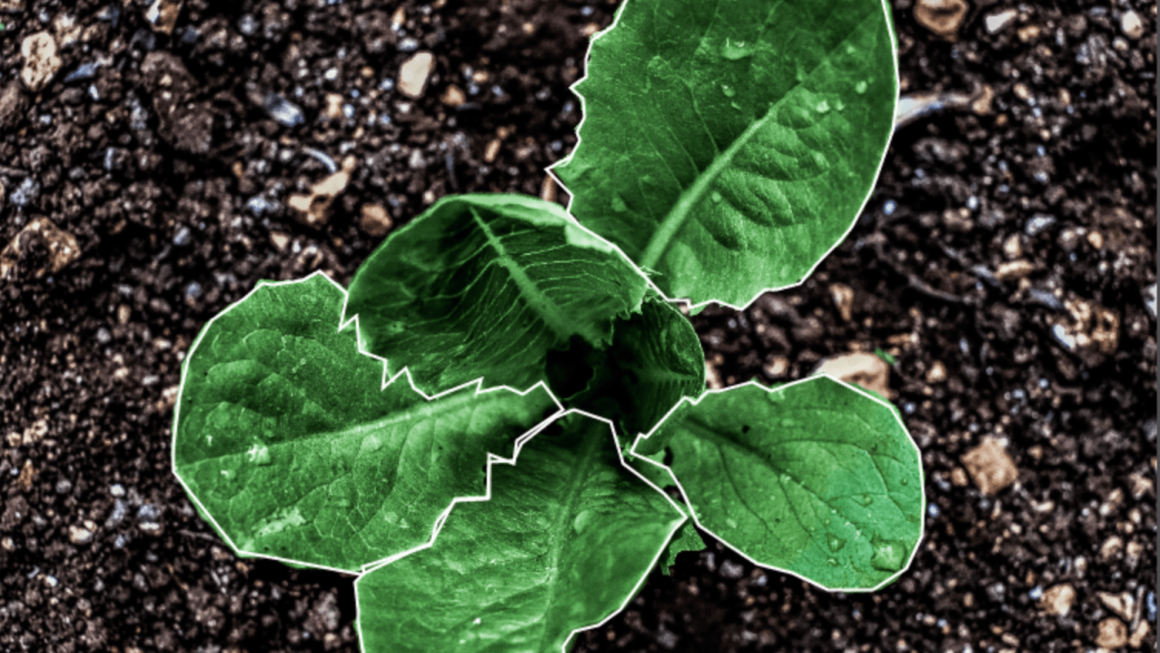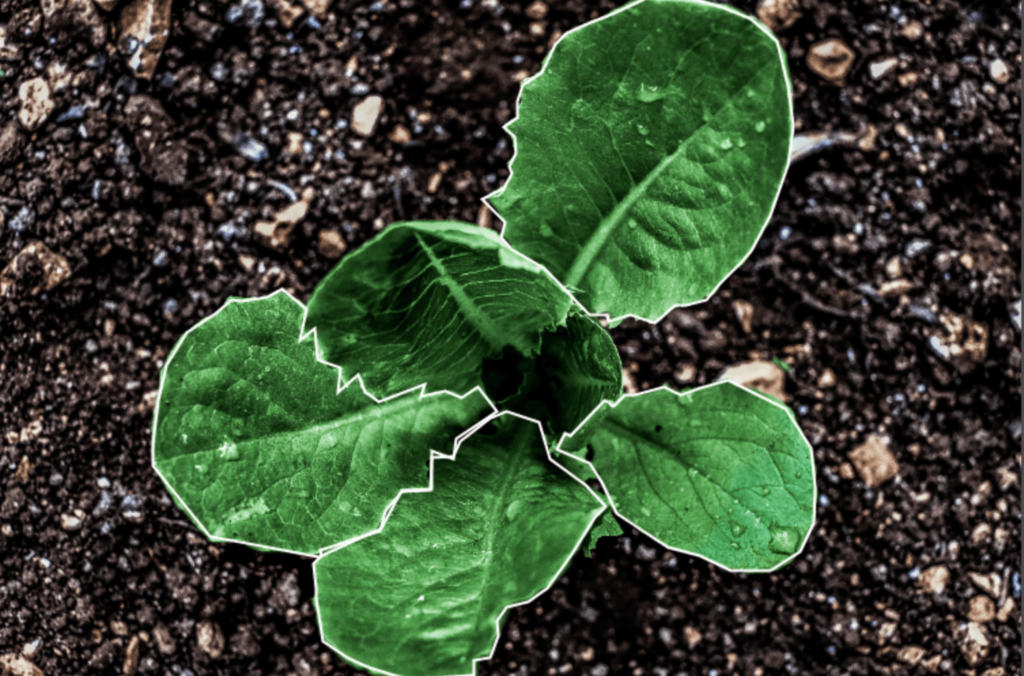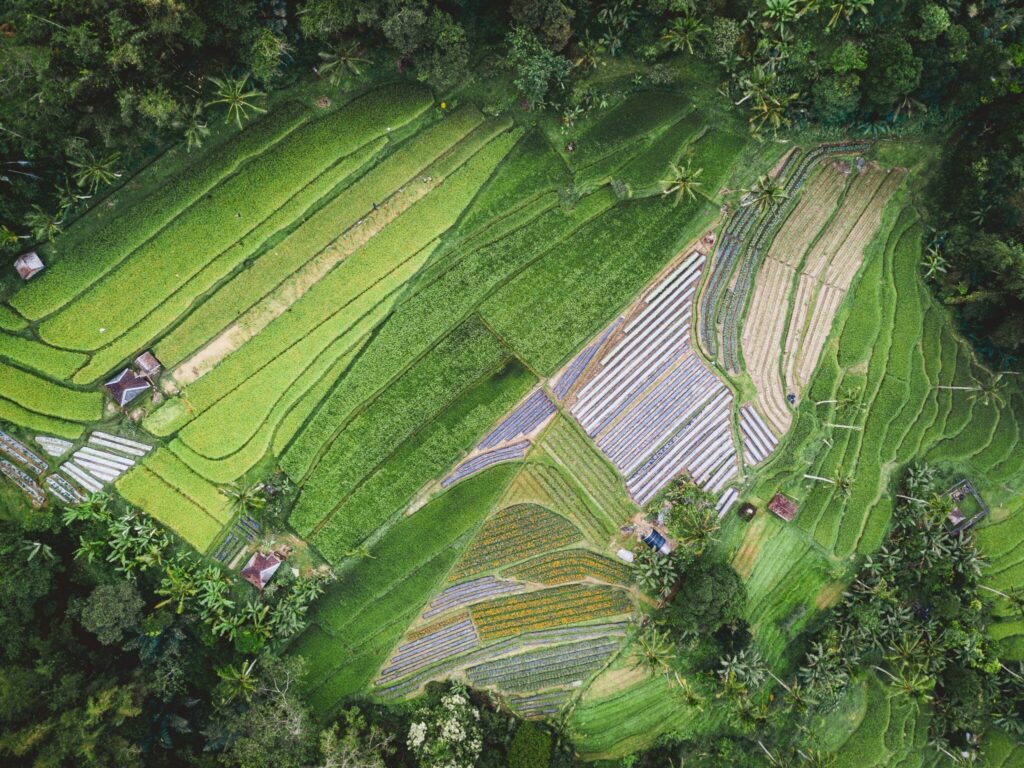
Why Generative AI is a Trillion-Dollar Opportunity for Agriculture
The dinner table doesn’t lie. A growing population projected to reach a staggering 9.7 billion by 2050 according to the United Nations means a 70% increase in food production is required. But our current agricultural system faces a perfect storm – climate change is projected to decrease global crop yields by 17% by 2051, while agriculture guzzles a whopping 70% of the world’s freshwater (a number likely to rise).
These statistics paint a grim picture. But amidst the challenges, a beacon of hope emerges i.e., Generative AI (GenAI). This revolutionary technology has the potential to unlock a trillion-dollar opportunity for agriculture, not just through increased profits, but by ensuring food security for a growing population.
Unveiling the Trillion-Dollar Potential: Numbers Don’t Lie
McKinsey Global Institute’s report estimates that generative AI could add $2.6 trillion to $4.4 trillion annually to the global economy by 2040. Let’s unpack what that means:
- Boosting Productivity: With GenAI analyzing vast datasets to optimize planting times, fertilizer application, and irrigation needs (think AI-driven recommendations increasing soybean yields by 8.5%, as proven by a Purdue University study), this isn’t just a dream, it’s a data-driven possibility.
- Saving the Precious Drop: Water scarcity is a looming threat. Here’s where GenAI steps in as a water warrior. Research indicates that AI in agriculture could reduce water usage by a significant 30% by 2030. Every drop counts.
- Combating Crop Enemies: Disease and pests are silent thieves, stealing precious yields. But GenAI is armed with real-time image recognition. Studies showcase AI models achieving over 95% accuracy in disease detection. Early detection, early action – that’s the GenAI advantage.
These are just a few statistics that paint a powerful picture. GenAI isn’t a magic bullet, but it’s a potent weapon in the fight for a more sustainable and productive agricultural future.
Investing in a Food-Secure Future
GenAI is more than just a tech term; it’s a lifeline for our strained agricultural system. By embracing this technology, we can address critical challenges, optimize resource management, and ensure a more food-secure future for generations to come. The trillion-dollar opportunity is not just about economic gains, it’s about feeding a hungry planet and building a future of abundance, not scarcity.
Don’t let your farm miss out on the GenAI revolution. Explore how these solutions can empower your agricultural operations and unlock a new era of efficiency and sustainability. Let’s work together to turn this trillion-dollar opportunity into a reality for a food-secure future.
Contact us today to discuss how we can tailor our GenAI expertise to meet your specific needs.





